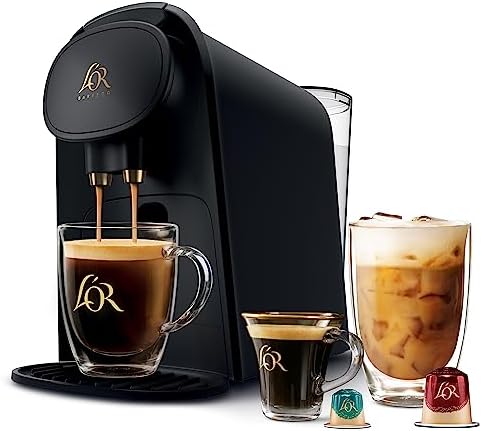How Espresso Machines Have Evolved and Improved Over the Years
Espresso machines have come a long way since their invention in the late 19th century. From steam-powered to fully automated, these machines have seen significant improvements in design, functionality, and user experience. Let’s take a closer look at the evolution of espresso machines and how they have changed over the years.
Early Days of Espresso Machines
The first espresso machine was built in 1884 by Angelo Moriondo, an Italian inventor. It used steam pressure to force water through a puck of coffee grounds, creating a concentrated and flavorful shot of espresso. This early version of the machine was large, bulky, and operated at high temperatures, making it difficult to use and maintain.
Improvements in Design and Functionality
Over the years, espresso machine manufacturers have made significant improvements in the design and functionality of their products. One of the biggest advancements was the introduction of pump-driven machines in the 1960s. These machines used a motorized pump to create the necessary pressure for extracting espresso, resulting in a more consistent and controllable brew.
In the 1980s, the development of the single-boiler system allowed for simultaneous brewing and steaming, making the process more efficient and reliable. This was followed by the introduction of dual-boiler machines in the 1990s, which further improved temperature stability and brewing consistency.
Automation and Technology
In recent years, espresso machines have seen a surge in automation and technology integration. Many modern machines now feature programmable settings, automated dosing, and built-in grinders, making it easier than ever to brew a perfect shot of espresso. The rise of smart technology has also led to the development of connected espresso machines that can be controlled and monitored remotely via smartphone apps.
Other technological advancements include the use of pressure profiling, which allows users to customize the pressure curve during extraction, and temperature control systems that ensure the water remains at the optimal temperature throughout the brewing process.
FAQs
Q: What is the best type of espresso machine for home use?
A: The best type of espresso machine for home use depends on your specific needs and preferences. If you value convenience and ease of use, a super-automatic machine with built-in grinder and programmable settings may be the best option. If you prefer more control over the brewing process, a semi-automatic machine with manual dosing and steaming capabilities might be a better choice.
Q: How often should I clean and descale my espresso machine?
A: It is recommended to clean your espresso machine after every use to prevent the buildup of coffee oils and residue. Descaling should be done every 1-2 months, depending on the hardness of your water, to remove mineral deposits and maintain the performance of your machine.
Q: What are the key features to look for in an espresso machine?
A: Key features to consider when choosing an espresso machine include pump type (vibratory or rotary), boiler type (single or dual), pressure profiling capabilities, temperature control systems, steam wand design, and overall build quality.
Q: How much should I expect to spend on a quality espresso machine?
A: The cost of an espresso machine can vary widely depending on the brand, features, and build quality. Generally, you can expect to spend anywhere from $200 to $2000 for a quality home espresso machine. Commercial-grade machines can cost significantly more.
Q: Are espresso machines difficult to maintain?
A: While espresso machines do require regular cleaning and maintenance, they are not difficult to upkeep if done regularly. Basic maintenance tasks include cleaning the portafilter, group head, and steam wand, as well as descaling the machine periodically.
Overall, the evolution of espresso machines has been marked by significant advancements in design, functionality, and technology. Whether you’re a coffee enthusiast looking for the perfect home espresso machine or a professional barista in need of a reliable commercial unit, there are now more options than ever to choose from, each offering a unique set of features and capabilities.
“All images and products featured on this Blog.troca.cafe are the property of their respective owners. All rights to these materials are acknowledged and reserved.”
